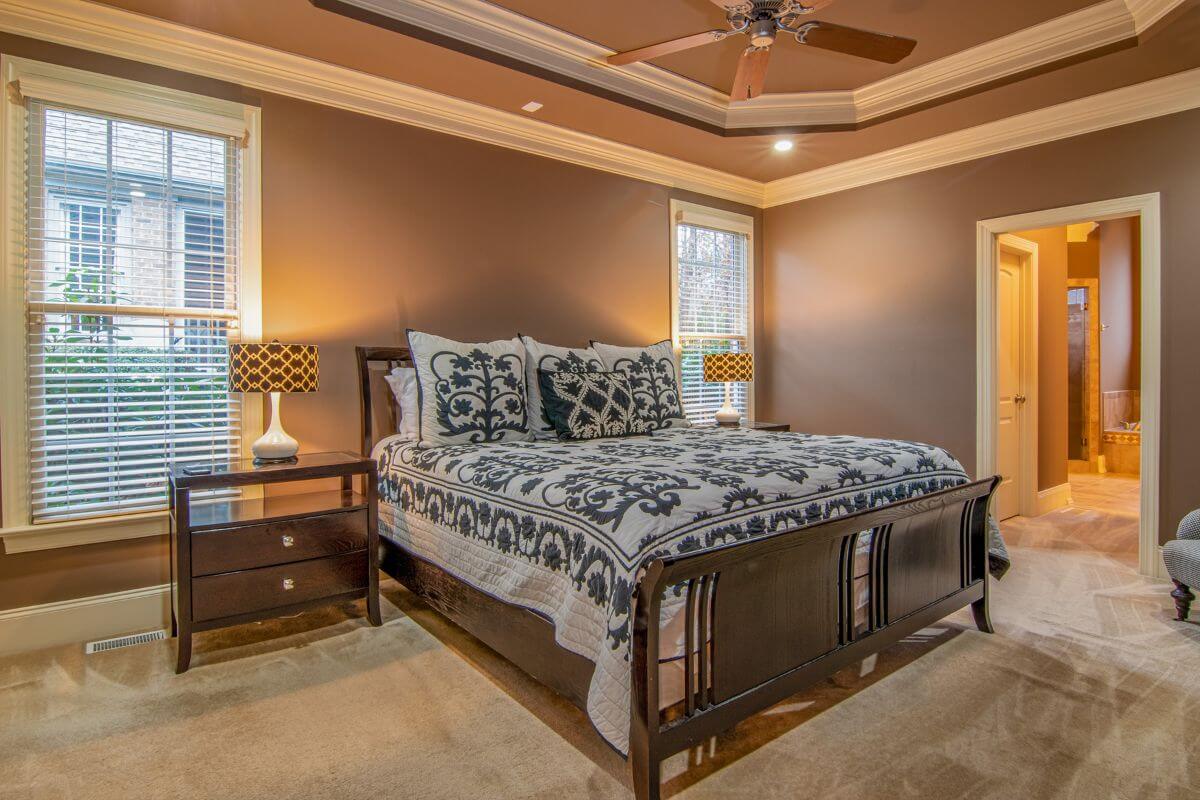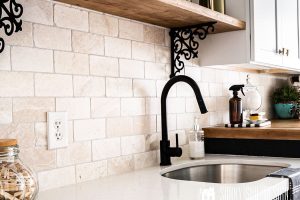Introduction
When it comes to furnishing your bedroom, the bed is undoubtedly the centerpiece. However, the support structure of your bed is equally important as it ensures comfort, stability, and aesthetics. Two common choices for bed support are headboards and bed frames. In this article, we will explore the differences between headboards and bed frames to help you make an informed decision on the best option for your bedroom.
Understanding Headboards
Definition and Purpose
A headboard is a vertical panel that attaches to the head of the bed frame, serving both functional and aesthetic purposes. Historically, headboards were primarily used to provide insulation and prevent drafts. Today, they add style and character to the bed and the overall bedroom.
Aesthetic Appeal
One of the main advantages of a headboard is its ability to enhance the visual appeal of the bed. With various designs, materials, and finishes available, headboards can complement any bedroom decor and serve as a focal point.
Understanding Bed Frames
Definition and Functionality
A bed frame is a sturdy structure that supports the mattress and its occupants. It often consists of a metal or wooden frame with legs and a base to lift the mattress off the floor. Bed frames provide essential support, preventing the mattress from sagging and ensuring a comfortable sleep experience.
Support and Stability
Bed frames offer superior support and stability to the mattress. They distribute the weight evenly, reducing the risk of sagging and prolonging the life of the mattress.
Headboard Pros and Cons
Visual Enhancement
Headboards can instantly transform the look of a bed and the entire room. They come in various styles, from classic to modern, allowing you to customize your bedroom to your liking.
Limited Support
While headboards enhance aesthetics, they do not offer substantial support to the mattress on their own. They require a bed frame or a platform to provide a stable foundation for the mattress.
Bed Frame Pros and Cons
Strong Support
Bed frames provide robust support to the mattress, ensuring proper alignment and preventing discomfort during sleep. They are especially suitable for heavy or thick mattresses.
Aesthetic Limitations
Some bed frames may not offer as much decorative flair as headboards. They are designed primarily for functionality, and their visual appeal may be more limited.
Factors to Consider When Choosing
Bedroom Size and Layout
Consider the size of your bedroom and the available space. Some headboards and bed frames may be better suited for smaller or larger rooms.
Personal Style and Preferences
Think about your personal style and the overall theme of your bedroom. Choose a headboard or bed frame that complements your design preferences.
Headboards: Types and Varieties
Wooden Headboards
Wooden headboards exude warmth and natural charm. They come in various wood types and finishes, ranging from rustic to polished.
Upholstered Headboards
Upholstered headboards offer a touch of luxury and comfort. They are padded and covered with fabric, offering a soft and cozy feel.
Metal Headboards
Metal headboards provide a sleek and modern look. They are often lightweight and come in various intricate designs.
Bed Frames: Types and Varieties
Platform Bed Frames
Platform bed frames have a low profile and provide a minimalist look. They offer ample support without the need for a box spring.
Box Spring Bed Frames
Box spring bed frames accommodate a box spring, providing additional height and cushioning to the mattress.
Mattress Compatibility
Both headboards and bed frames are compatible with various mattress types, including memory foam, innerspring, hybrid, and latex mattresses.

Maintenance and Cleaning
Headboards and bed frames require regular dusting and cleaning to keep them looking their best. The maintenance varies depending on the materials used.
Combining Headboards and Bed Frames
For those seeking both aesthetics and functionality, combining a headboard with a bed frame is an ideal option. This combination offers the best of both worlds – visual appeal and robust support.
Conclusion
When choosing between a headboard and a bed frame, consider your priorities and preferences. If you want to enhance the aesthetics of your bedroom and create a focal point, a headboard is an excellent choice. On the other hand, if you prioritize strong support and stability for your mattress, a bed frame is the way to go. Ultimately, the best decision will depend on your bedroom space, design preferences, and comfort needs.
FAQs
Q: Can I use a headboard without a bed frame?
A: Yes, you can use a headboard without a bed frame, but you will need a separate platform or base to support the mattress.
Q: Are platform bed frames more suitable for memory foam mattresses?
A: Yes, platform bed frames provide excellent support for memory foam mattresses, eliminating the need for a box spring.
Q: Do upholstered headboards require special cleaning?
A: Upholstered headboards may require gentle cleaning methods, such as vacuuming or spot cleaning, depending on the fabric used.
Q: Can bed frames with storage options accommodate a king-size mattress?
A: Yes, many bed frames with storage options are available in king-size variants to accommodate larger mattresses.
Q: Do metal headboards require assembly?
A: Yes, metal headboards usually require assembly, but they come with clear instructions for easy setup.



